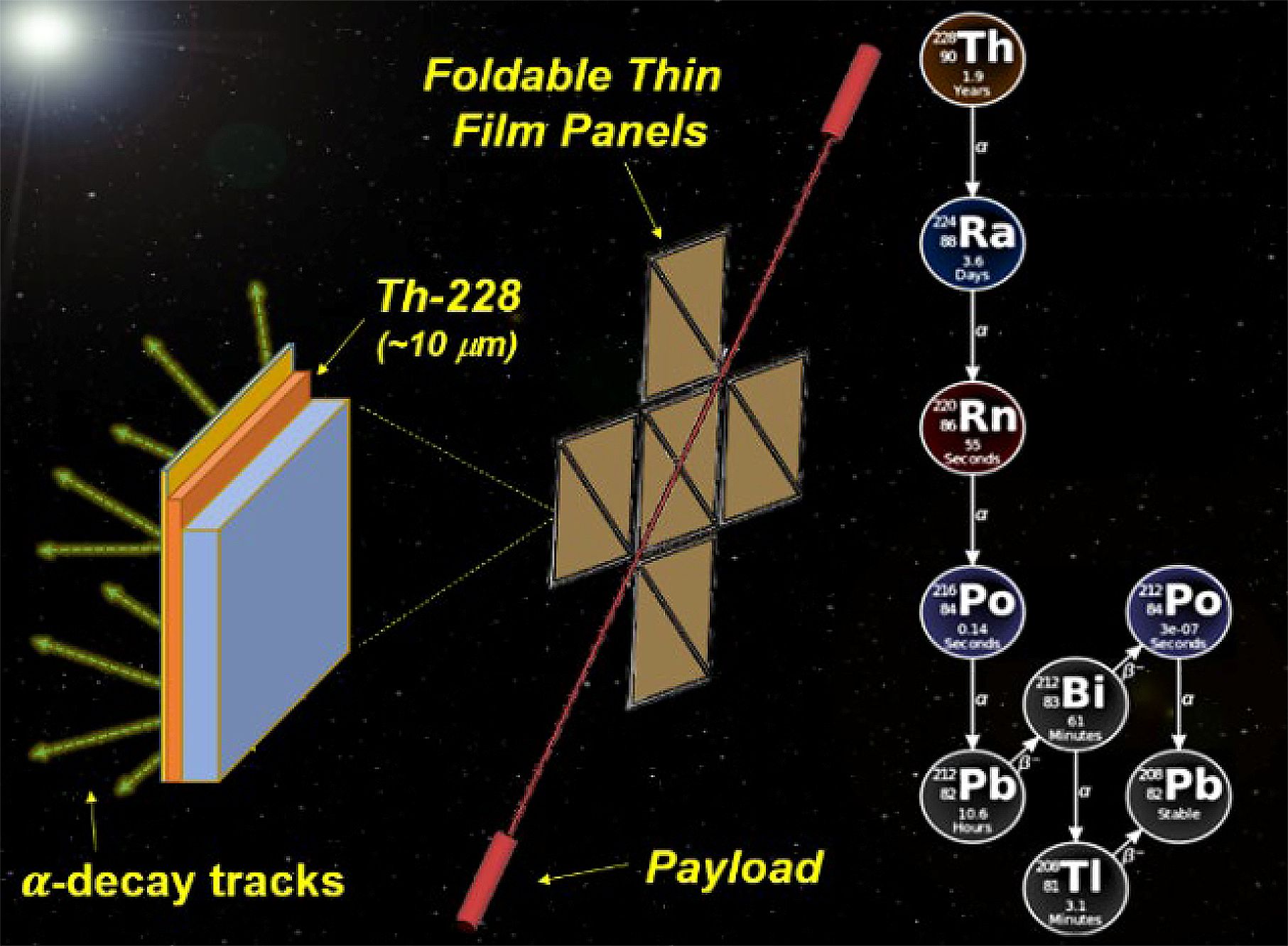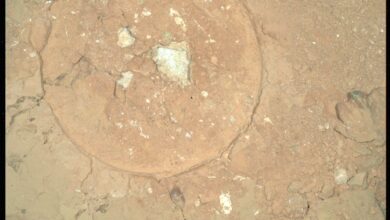Thin Film Isotope Nuclear Engine Rocket (TFINER)

James Bickford
Charles Stark Draper Laboratory
New exciting missions, such as a rendezvous with a passing interstellar object, or a multi-target observing effort at the solar gravitational focus, require velocities that are well in excess of conventional rocketry. Exotic solar sail approaches may enable reaching the required distant localities, but are unable to then make the required propulsive maneuvers in deep space. Nuclear rockets are large and expensive systems with marginal capability to reach the location. In contrast, we propose a thin film nuclear isotope engine with sufficient capability to search, rendezvous and then return samples from distant and rapidly moving interstellar objects.
The same technology allows a gravitational lens telescope to be repointed so a single mission could observe numerous high-value targets.
The basic concept is to manufacture thin sheets of a radioactive isotope and directly use the momentum of its decay products to generate thrust. The baseline design is a ~10-micron thick Thorium-228 radioisotope film which undergoes alpha decay with a halflife of 1.9 years. The subsequent decay chain cascade produces daughter products with four additional alpha emissions that have halflives between 300ns and 3 days. A thrust is produced when one side of the thin film is coated with a ~50-micron thick absorber that captures forward emissions. Multiple “stages” consisting of longer half-life isotopes (e.g. Ac-227) can be combined to maximize the velocity over extended mission timelines.
Key differentiators of the concepts are:
• Cascading isotope decay chains (Thorium cycle) increases performance by ~500%
• Multiple ‘stages’ (materials) increases delta-V and lifetime without reducing thrust
• Thrust sheet reconfiguration enables active thrust vectoring and spacecraft maneuvers
• Substrate thermo-electrics can generate excess electrical power (e.g. ~50 kW @ eff=1%)
• A substrate beta emitter can be used for charge neutralization or to induce a voltage bias that preferentially directs exhaust emissions and/or to exploit the outbound solar wind
Leveraging 30kg of radioisotope (comparable to that launched on previous missions) spread over ~250 m^2 of area would provide more than 150 km/sec of delta-V to a 30 kg payload. Multiple such systems could be inserted into a solar escape trajectory with a single conventional launch vehicle allowing local search and rendezvous operations in the outer solar system. The system is scalable to other payloads and missions. Key advantages are:
• Ability to reach a velocity greater than 100 km/sec with spare capacity for rendezvous operations around objects outside the solar
system including options for sample return.
• Simple design based on known physics and well-known materials
• Scalable to smaller payloads (sensors) or to larger missions (e.g., telescopes)
• Novel ability to reach deep space (> 150 AU) very quickly and then continue aggressive maneuvers (> 100 km/sec) for dim object search/rendezvous and/or retargeting telescopes at the solar gravitational focus over a period of years.





